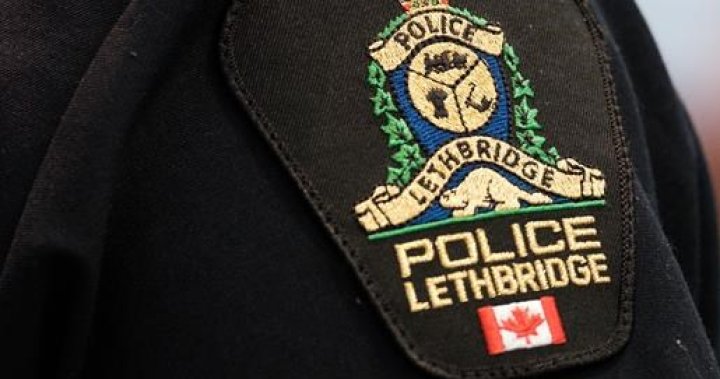In a significant move toward enhanced transparency and accountability in law enforcement, the Lethbridge Police Service is making steady progress in its implementation of body-worn cameras. The initiative, which began earlier this year, represents a fundamental shift in how officers document their interactions with the public and gather crucial evidence during police operations.
“These devices are revolutionizing policing in Lethbridge,” said Deputy Chief Gerald Grobmeier during a recent commission meeting where he provided updates on the program’s advancement. “We’re seeing tangible benefits already, from improved evidence collection to greater public confidence in our officers’ actions.”
The body camera program initially launched with 40 devices in March, but the service now anticipates full deployment to all frontline officers by early 2025. This phased approach has allowed the department to address technical challenges and provide comprehensive training to officers on proper usage protocols and privacy considerations.
Cost has been a significant factor in the implementation timeline. The Lethbridge Police Commission approved approximately $1.2 million for the five-year contract with Axon, the technology provider supplying both the cameras and the digital evidence management system. This investment represents about $300,000 annually from the police operational budget, covering equipment, maintenance, and secure cloud storage for the substantial amount of video data generated.
“It’s not just about purchasing cameras,” explained Technology Services Manager Bill Anderson. “The backend infrastructure and ongoing data management represent the bulk of the costs associated with this program. But when weighed against the benefits to officer safety and evidentiary value, the commission views this as an essential investment in modern policing.”
Early results from officers already using the cameras have been predominantly positive. Patrol Sergeant Mark Spackman noted that the devices have proven particularly valuable during volatile situations. “When people realize they’re being recorded, we often see an immediate de-escalation in confrontational behavior,” he said. “The cameras are providing an objective record of interactions that protects both officers and citizens.”
The body camera initiative aligns with similar programs being implemented across Canadian police services, including Calgary, Edmonton, and Toronto, which have reported reductions in use-of-force incidents and complaints against officers following camera deployment. The technology has become increasingly viewed as a standard tool in contemporary law enforcement.
Privacy advocates have expressed cautious support for the program while emphasizing the importance of clear policies governing when cameras must be activated, how long footage is retained, and who can access the recordings. The Lethbridge Police Service has developed comprehensive protocols addressing these concerns, including mandatory activation during all enforcement actions and strict access controls for recorded material.
Chief Shahin Mehdizadeh has emphasized that the cameras are primarily intended to enhance accountability rather than to monitor officer performance. “This is about creating a more transparent police service that can demonstrate its commitment to professional conduct,” he stated at a recent community forum. “When both officers and citizens know their interactions are being recorded, it tends to bring out the best behavior in everyone involved.”
As Lethbridge continues this technological transition, the question remains: Will these devices fundamentally transform the relationship between police and the communities they serve, or will they simply document the existing dynamics without addressing underlying issues of trust and accountability in law enforcement?










